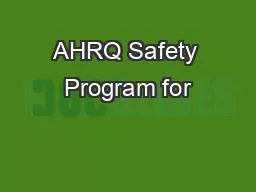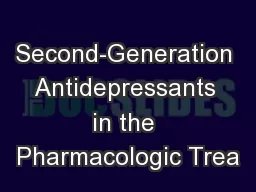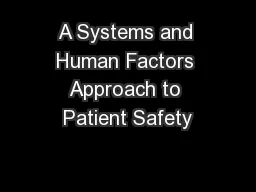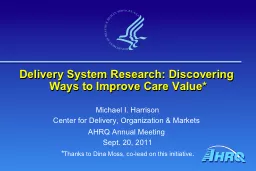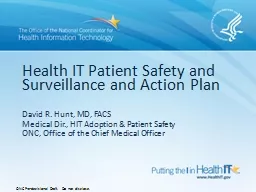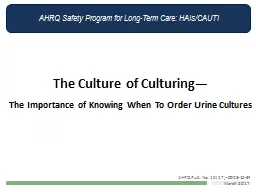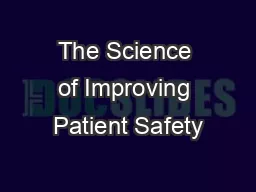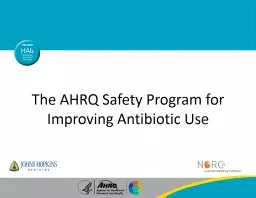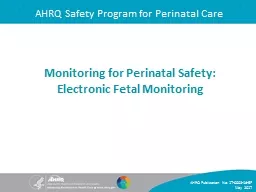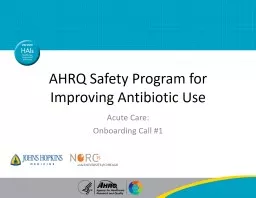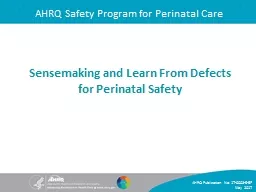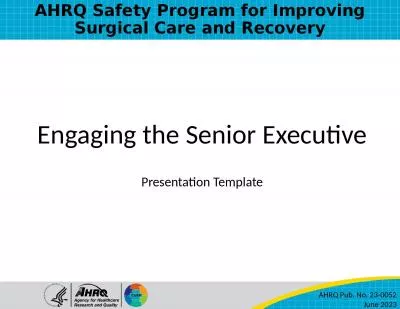PPT-AHRQ Safety Program for
Author : shangmaxi | Published Date : 2020-11-06
Mechanically Ventilated Patients Benefits of Subglottic Secretion Drainage Endotracheal Tubes AHRQ Pub No 1617001845EF January 2017 Learning Objectives After
Presentation Embed Code
Download Presentation
Download Presentation The PPT/PDF document "AHRQ Safety Program for" is the property of its rightful owner. Permission is granted to download and print the materials on this website for personal, non-commercial use only, and to display it on your personal computer provided you do not modify the materials and that you retain all copyright notices contained in the materials. By downloading content from our website, you accept the terms of this agreement.
AHRQ Safety Program for: Transcript
Download Rules Of Document
"AHRQ Safety Program for"The content belongs to its owner. You may download and print it for personal use, without modification, and keep all copyright notices. By downloading, you agree to these terms.
Related Documents

